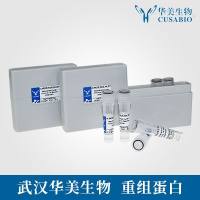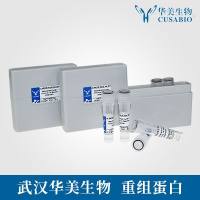Detection of a Lipid-Lysine Adduct Family with an Amide Bond as the Linkage: Novel Markers for Lipid-Derived Protein Modifications
互联网
互联网
相关产品推荐

Recombinant-Mouse-Mas-related-G-protein-coupled-receptor-member-A4Mrgpra4Mas-related G-protein coupled receptor member A4 Alternative name(s): RF-amide G-protein coupled receptor
¥11564

Recombinant-Haemophilus-ducreyi-Disulfide-bond-formation-protein-BdsbBDisulfide bond formation protein B Alternative name(s): Disulfide oxidoreductase
¥10374

OTULIN/OTULIN蛋白Recombinant Human Ubiquitin thioesterase otulin (OTULIN)重组蛋白Deubiquitinating enzyme otulin;OTU domain-containing deubiquitinase with linear linkage specificity;Ubiquitin thioesterase Gumby蛋白
¥1536
![Di-[3-((R)-2,2-Dihydroxy-1,1-Binapthylmethyl)]Ether, Lanthanum(Iii) Salt, Tetrahydrofuran Adduct, Sct-(R)-Binol;321837-08-5;95%;Y64259-250mg](https://img1.dxycdn.com/p/s14/2025/1027/131/2990871289947862891.jpg!wh200)
Di-[3-((R)-2,2-Dihydroxy-1,1-Binapthylmethyl)]Ether, Lanthanum(Iii) Salt, Tetrahydrofuran Adduct, Sct-(R)-Binol;321837-08-5;95%;Y64259-250mg
¥2770

DL-Lysine Acetylsalicylate
¥185

